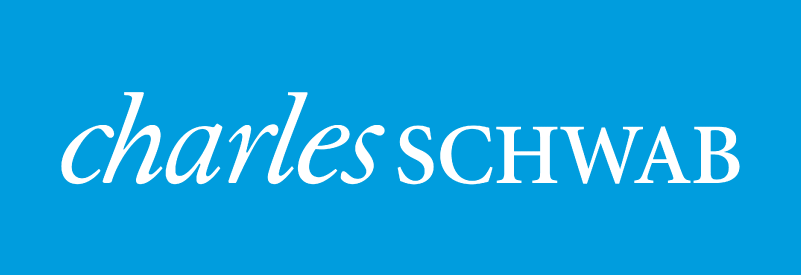A small rebound in November was followed up with the worst month since February 2009 and the worst December since the Great Depression. Early December constructive G20 meetings regarding U.S.-China trade negotiations were followed up with a “Tariff Man” tweet (trade), a persistent Fed (rates), EU budget standoffs (policy), Brexit concerns (policy), European protests (policy), slowing Chinese GDP (growth), negative earnings guidance, and an oil bear market taking most global equity markets well into bear market territory and the U.S. equity market to its biggest correction since 2011. Interestingly, in a highly volatile month, it was emerging markets that provided the greatest protection. A strong December jobs report and a dovish Fed in early January led to a nice rally but many questions linger.
Market Anecdotes
- The Fed delivered a ‘dovish’ 0.25% rate hike in December which was clearly not seen as ‘dovish’ enough by the market and walked back 2019 rate hike forecasts from 3 to 2.
- It seems clear that the interest rate the economy can take is higher than what the financial markets are comfortable with.
- The duration of U.S. stock market corrections in 2011 (109 days) and 2015 (184 days) were similar in magnitude but took place over a much longer time frame than 2018 (63 days).
- December saw the gap higher in credit spreads lead to the first month of $0 high yield issuance since November 2008. Additionally, the U.S. leveraged loan market experienced the worst monthly performance in over seven years.
- Leveraged loans experienced significant retail outflows in December despite U.S. loan default rate falling to a 13-month low of 1.61%. The (ETFs) most liquid names were sold as the 100 largest names in the S&P/LSTA LL Index lost -3.16% vs. the broader index at -2.54%.
- The ECB halted net QE purchases at the end this month but said they will maintain reinvestment past the date of the first rate hike which isn’t expected to until 2020 at the earliest.
- Tariffs have had little inflationary impact thus far. Tariff collections have grown from $3b/mo (Feb) to $6b/mo (Nov). However, tariff costs, which have averaged 0.15% of GDP and 1.5% of total imports, have grown to 0.3% (2x) and 2.3% (1.5x) respectively – a relatively small figure.
- Since March 2018, China’s exports to the U.S. have risen by $2.6b/mo (7.2%) while China’s imports from the U.S. have fallen $4.7b/mo (-34.2%) leaving China’s trade surplus with the U.S. at its widest level ever – not the intended result of the tariff policies.
- The U.S. and China announced a 90-day tariff truce after the G20 meetings in early December.
- China’s hand is weakening. They registered only 6% GDP growth, a 49.7 PMI reading, a 15yr low in retail sales (8.1), and a 10yr low industrial production (5.4%).
- PBOC 2019 rate cuts are on the table after four cuts to bank required reserves 2018 and one in early January. China also cut taxes to unleash approximately $188b in fiscal stimulus.
- Chinese credit impulse has begun to move up, meaning credit is slowing at a diminishing pace. Typically, this indicates a bottoming in Chinese growth with a possible bounce in commodity prices, EM out-performance, and a softening of the U.S. dollar.
- Strategas estimates $598b of repatriated earnings in the first three quarters of 2018 and between $200-$250b next year. YTD buybacks and dividend increases total $217b, leaving notable dry powder for wages, mergers, investment, pensions, and debt reduction.
Economic Release Highlights
- The December U.S. jobs report far surpassed expectations (180,000) with payrolls expanding 312,000 – the biggest beat since June 2009 and among the strongest of the whole expansion. Unemployment climbed 0.2% to 3.9% due to a welcomed increase in the number of people seeking work – labor force participation rose to 63.1%, the highest mark since 2013.
- Average hourly wages grew 0.4%m/m, 3.8% 3m/3m, and 3.2%y/y which are the hottest readings since December 2017. The month over month growth rate has been annualizing over 4% the past two months.
- The November JOLTS reported a welcomed reduction in job openings of 6.888mm but there remains 870,000 more openings than those actively seeking work. That figure is down from a record 1.096mm in August.
- December CPI fell slightly to 1.9% due to lower energy prices and core CPI remained steady at 2.2%. These tame consumer prices certainly did not raise any urgency at the Fed.
- December’s ISM Non-Manufacturing Index show some welcomed moderation, easing 3.1 points to 57.6. We saw the second strongest new orders reading (62.7) of the past 8 years, particularly from foreign demand, and business activity cooled 5 points to a still lofty 59.9.
- December’s ISM Manufacturing fell over 5 points to 54.1, the lowest showing since December 2016. Weakness was clear in new orders (51.1) and across the energy sector. We view this reading with slight caution but ultimately is one of ‘easing strength’.
- Global December PMIs were released for Manufacturing (51.5) and Services (52.6), both are down from one year ago levels of 55.2 and 54.9. 10 of 30 readings are in contraction territory which is up from 8 in November and 2 last year.
- December’s Conference Board Consumer Confidence survey fell sharply to 128.1, missing consensus estimate calls for 134. The weakness was pronounced in the expectations components more so than current conditions.




Leave a Reply